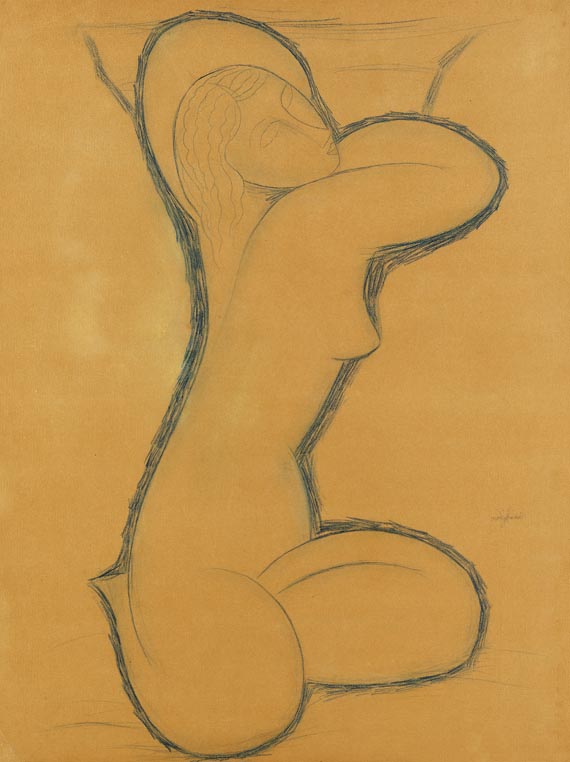Dictionary


Fauvism
Fauvism can be justifiably called the first art revolution of the 20th century. The name given to the movement was coined by a French art critic writing in a newspaper about the 1905 Paris Salon d'Automne. His article mentioned a group of young artists whose style of painting he found so repellent that he compared them indirectly to "les fauves" [French: "wild beasts"]. Fauvism is not based on any particular theory. The artists known as Fauves were essentially unanimous in their dislike of both Impressionism and Naturalism. The group thus designated includes Henri Matisse, André Derain, Raoul Dufy, Maurice Vlaminck and Georges Rouault. What all these painters have in common is a predilection for unbroken, strong color and their compositions are notable for flatness and suppression of plasticity. Their aim was to present a radical take on ideas informing the work of Paul Gauguin, Georges Seurat and Vincent van Gogh. What they admired most about van Gogh and Gauguin was the vibrancy of their palettes. They favoured Seurat primarily for his rational, clarity of composition.
Fauvism can be justifiably called the first art revolution of the 20th century. The name given to the movement was coined by a French art critic writing in a newspaper about the 1905 Paris Salon d'Automne. His article mentioned a group of young artists whose style of painting he found so repellent that he compared them indirectly to "les fauves" [French: "wild beasts"]. Fauvism is not based on any particular theory. The artists known as Fauves were essentially unanimous in their dislike of both Impressionism and Naturalism. The group thus designated includes Henri Matisse, André Derain, Raoul Dufy, Maurice Vlaminck and Georges Rouault. What all these painters have in common is a predilection for unbroken, strong color and their compositions are notable for flatness and suppression of plasticity. Their aim was to present a radical take on ideas informing the work of Paul Gauguin, Georges Seurat and Vincent van Gogh. What they admired most about van Gogh and Gauguin was the vibrancy of their palettes. They favoured Seurat primarily for his rational, clarity of composition.
Offers
Headquarters
Joseph-Wild-Str. 18
81829 Munich
Phone: +49 89 55 244-0
Fax: +49 89 55 244-177
info@kettererkunst.de
Louisa von Saucken / Undine Schleifer
Holstenwall 5
20355 Hamburg
Phone: +49 40 37 49 61-0
Fax: +49 40 37 49 61-66
infohamburg@kettererkunst.de
Dr. Simone Wiechers / Nane Schlage
Fasanenstr. 70
10719 Berlin
Phone: +49 30 88 67 53-63
Fax: +49 30 88 67 56-43
infoberlin@kettererkunst.de
Cordula Lichtenberg
Gertrudenstraße 24-28
50667 Cologne
Phone: +49 221 510 908-15
infokoeln@kettererkunst.de
Hessen
Rhineland-Palatinate
Miriam Heß
Phone: +49 62 21 58 80-038
Fax: +49 62 21 58 80-595
infoheidelberg@kettererkunst.de
We will inform you in time.




